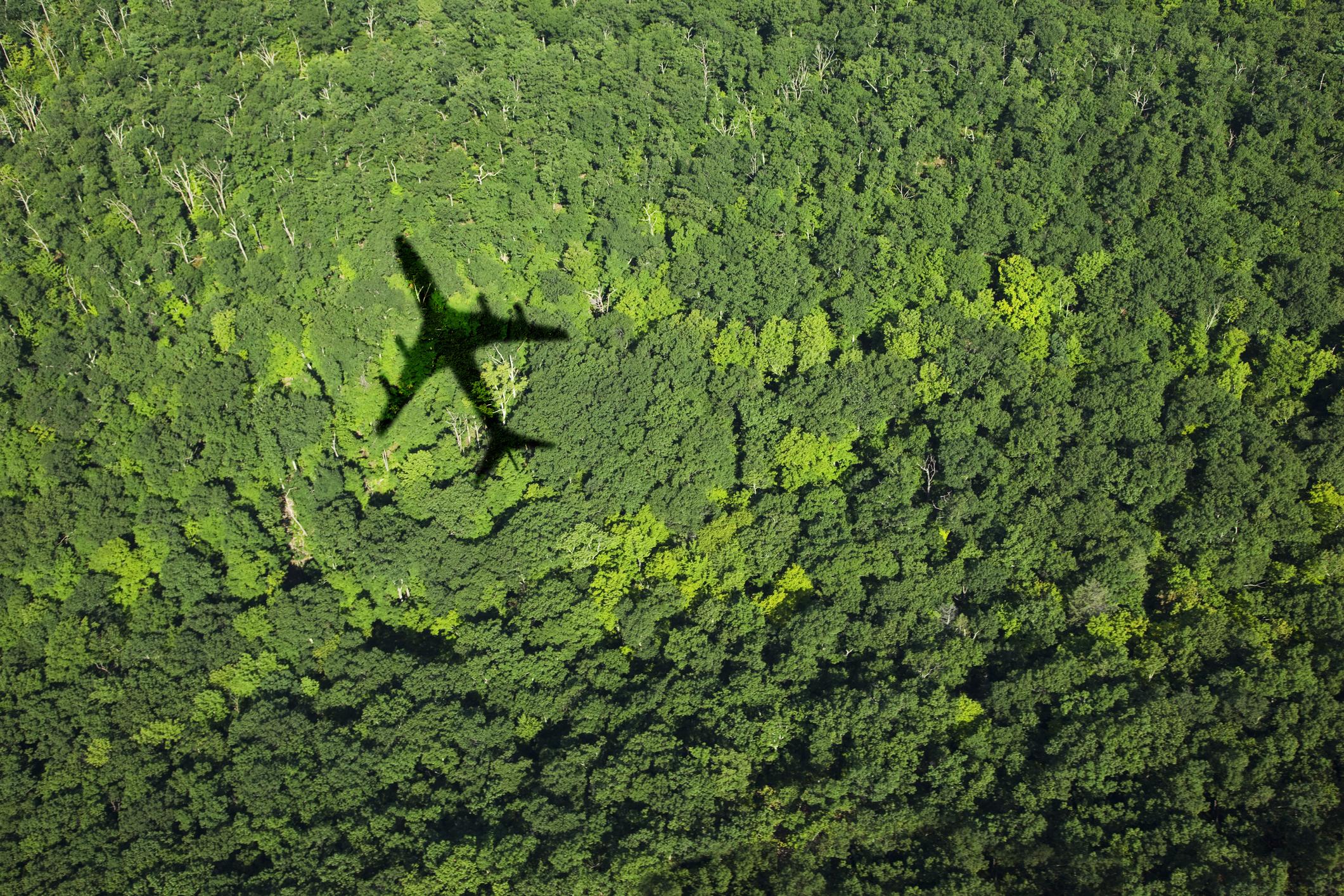
Throughout the pandemic and its associated border closures and restrictions, “pent-up demand” has become a watchword with travelers understandably keen to enjoy a vacation or visit the friends and family from whom they were separated.
At World Routes 2021, the air service development industry gathered to collaborate and communicate how best to further restore an air transport market in 2022 and beyond which can meet and maximize this demand. If the recovery stays on track, it’s reasonable to expect pre-crisis traffic levels to return, starting with domestic markets.
But the sustainability agenda cannot be ignored through the air travel recovery. Businesses have become more accustomed to using video conferencing to conduct internal and external meetings, and even events, and there will be pressure to make this a standard to reduce their carbon footprint.
At the recent IATA AGM in Boston, director general and CEO Willie Walsh warned that “limiting flying with retrograde and punitive taxes would stifle investment and could limit flying to the wealthy,” but both additional taxes and reduced access to finance are very real threats facing aviation.
The European Union says it will “redirect money towards sustainable projects in order to make our economies, businesses and societies … more resilient against climate and environmental shocks.”
Just about all sectors of the air transport ecosystem, from airplane design, manufacture and procurement, to airport operations and logistics, can tackle the sustainability agenda head on.
But how should route development, which is in the business of encouraging more flying and creating new services, respond? A good start would be factoring it into every discussion.
Airlines will always seek to create routes and networks which are economically viable. But it’s reasonable, indeed imperative, for airlines to also ask airports and tourism authorities how they plan to mitigate the negative impacts and perceptions of air transport and tourism on the destinations they serve, while promoting the benefits, to future-proof demand.
Similarly, airports are the visible face of aviation in their communities, and with heightened awareness they should offer more incentives and support to those airlines that demonstrate a strong focus on sustainability.
Working together to better understand how the attitudes of people toward air travel, especially the younger generation and those responsible for corporate travel purchasing, are changing is essential.
An airport can be proud of its expansive catchment area, but is it sustainable for passengers to travel three hours over land for a flight rather than use their local airport?
Meeting the new zero carbon targets that both IATA and ACI have made policy also requires a vast ecosystem of suppliers and manufacturers to understand aviation’s needs, which becomes easier if the industry works in concert, sharing best practices and openly discussing future requirements.
Route development creates tomorrow’s air services today, and sustainability needs to be part of the conversation from the very beginning.
Photo credit: Getty Images/Thomas Jackson
